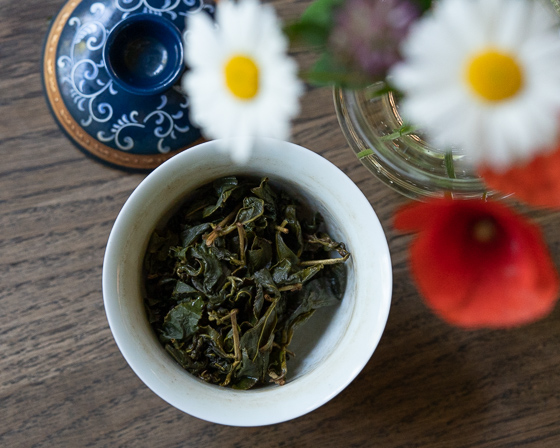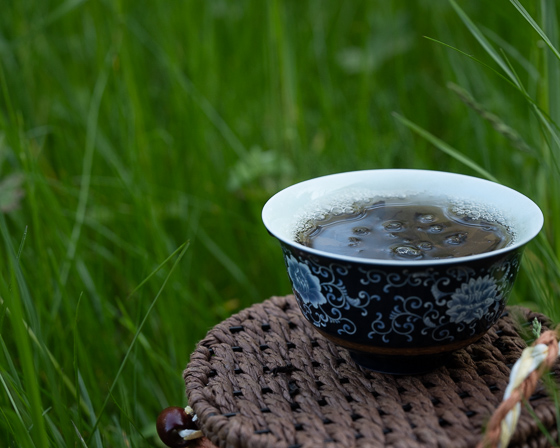How to brew tea

Figure 1: 2022 Spring High Mountain Oolong from Postcard Teas (IG)
Put tea and water into a vessel, wait, pour and drink.
That’s it. Really.
And yet, tea takes a lifetime for mastery to develop. Let’s dip in a little to each aspect of brewing.
1. Tea
While selecting tea is a big part of brewing, there are a few other things you can consider.
How much tea to put in is important. From here, you can then balance quantity of water, water temperature and brewing duration.
Another aspect of the tea is which form. You can change the brewing significantly if you break the tea into smaller pieces. For compressed tea, you can also pick larger or smaller pieces, or break them up too.
2. Water
Maybe even more important than the tea itself, water is the majority of what you drink. Bad water can destroy even a great tea. Great water can make a good tea sing, and a great tea reveal details.
3. Vessel
Mostly, you want a neutral brewing vessel that doesn’t alter the flavour of the tea. Porcelain and glass are natural choices. My default is a porcelain gaiwan. Getting into aged and fermented teas, the various clay teapots can remove some of the unpleasant flavours, tuning the brew to your taste.
While the brewing vessel (pot, gaiwan, glass) is the main focus, don’t forget that kettles are where water spends lots of time. Avoid plastic.
What you drink from will also change how a tea tastes. The lip of a cup changes how you sip, and can mix (or not) different amounts of air that can highlight different aspects of a tea.
There is also the question of silver. Choosing one of the kettle, pot or cup to be silver can also change the tea.
4. Wait
It depends. There is some time required for the tea and the water to spend together. A short time for a strong tea at a high leaf to water ratio, a longer time for a western brew of leaf in a large teapot, and potentially overnight for a coldbrew left in a fridge.
5. Pour
This is an area I overlooked until recently. How you pour can change all kinds of characteristics. Pour low (close to the cup) and slow and retain heat, pour a bit higher and faster and you can cool the tea and introduce some aeration. Some Japanese brewing pours boiled water between multiple vessels to cool it to the desired temperature.
Pouring the water into a Yixing tea pot can either break up the clump of tea for an even brew, or keep it together, again changing the result.
6. Drink
Small sip or big sip. Slurp or smooth. Wait for it to cool, or drink it almost too hot. You control how you drink, up to a point. The cup you drink from has a large influence in how you experience tea. Try a few different ones.
7. Summary
With all the parameters, and all the variety, no two cups of tea are the same. This leads to a beautiful practice of experimentation and experiences.
For all the things you can do, in the end it all comes back to putting tea and water into a vessel, waiting, pouring and drinking. Nothing more.
